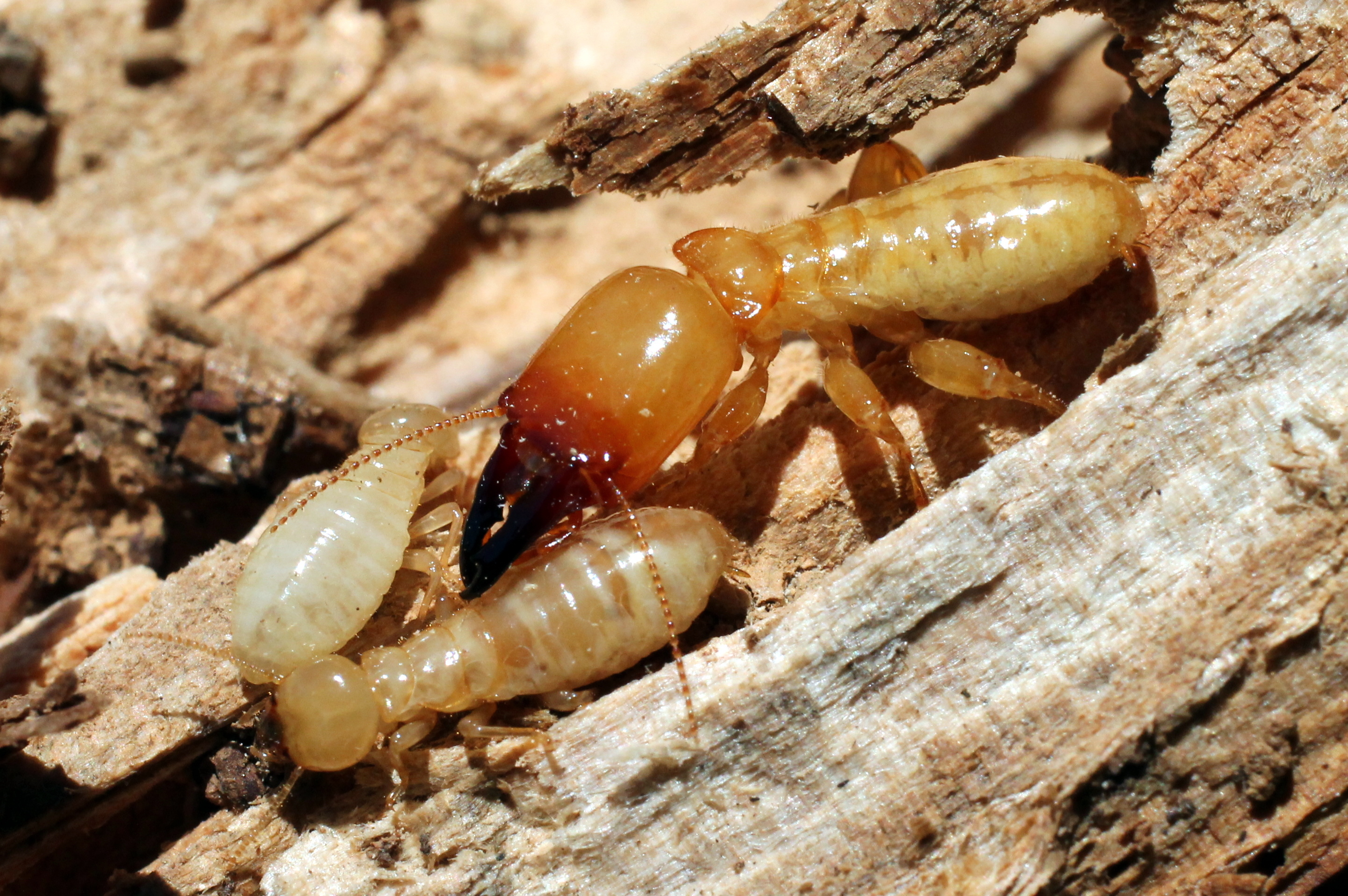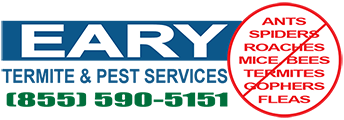
09 Apr Types of Termites That Can Damage Your Home
Wood may be the backbone of classic American architecture, but it’s also a siren call for a silent and destructive force—one that can infest and weaken your home’s very structure, leaving you with sizable repair bills and a sinking feeling akin to the foundations it’s eaten through. Yes, we’re talking about termites, those unnervingly organized wood wreckers that proliferate in colonies and, if left unchecked, can spell disaster for your dwelling. In a country that’s home to many species of termites, it’s vital to understand the risks to protect your living space. This post will focus on five distinct types of termites that could be gnawing away at your peace of mind and your home’s equity.
Subterranean Termites
Subterranean termites are the most destructive kind you can probably come across. These little earth-munchers are an eclectic menace, living in underground colonies, and with their sophisticated tunneling systems, they can gain access to your home without even showing their antennae above ground. They feast on wood 24/7, and once they are in, they’re usually in for the long haul unless professional intervention takes place. Look for mud tubes on your exterior, a telltale sign that subterranean termites are using these to breach your home’s defenses. These pests need moisture to survive, so areas near water sources are hot spots for infestation, including your basement and areas around the plumbing.
Drywood Termites
Unlike their subsurface-dwelling cousins, drywood termites are more independent in their habitat and don’t need soil to survive, as their name implies. They’re fond of things like furniture, hardwood floors, and any dry wood part of your home. Because of their independence from moist ground, they could make their homes almost anywhere, from the attic to the foundation. Spotting them can be more challenging, given their preference to stay dry. Look for small piles of fecal pellets, which are a key indicator of their presence in the wood. They can range in color from light to dark brown, depending on the type of wood being consumed.
Dampwood Termites
Dampwood termites revel in the humid areas of your abode, and they don’t require soil. Damaged wood is a prime target, and it often causes havoc to the structure and integrity of badly maintained, wet timber. Keep a close eye on areas with high moisture levels, like basements and kitchens. If you spot wings discarded around windowsills or other light sources, it might indicate their swarming activity. Another sign of dampwood termite presence is noticeably softened wood that feels spongy to the touch, indicating they have been feasting on it.
Formosan Termites
Formosan termites are often called ‘super-termites’ due to the vast size and ferocity of their colonies. Similar to subterranean termites, they utilize mud tubes and soil for travel, but their immense numbers and voracious appetite set them apart. Found primarily in the southern states, they have been known to eat through wires, packaging, and plastics, highlighting their destructive nature. The damage they inflict is often noticeable, with hollowed-out supports and even the beams of a home at risk. Formosan termite colonies can take years to mature but are some of the most destructive when they do.
Conehead Termites
Coneheads are aggressive and invasive, named for their pointed, soldierly heads, and they don’t build mud tubes, unlike their more shy relatives. Conehead termites have a high level of adaptability and can move rapidly through wood structures, causing extensive damage. If your region is prone to conehead termites, it’s crucial to have routine inspections, as catching an infestation early is the best way to minimize damage.
The key to termite prevention is to know your enemy. Regular inspections, maintaining dry and well-ventilated spaces, sealing wooden areas that may attract termites, and keeping the access points of your home’s structure clear and uninviting are all crucial steps to avoid a termite infestation. Understanding the types of termites that exist and their preferential habitats is the first step. If you spot signs of termites in your abode, reach out to our team at Eary Termite and Pest Services for help getting rid of them.




Sorry, the comment form is closed at this time.